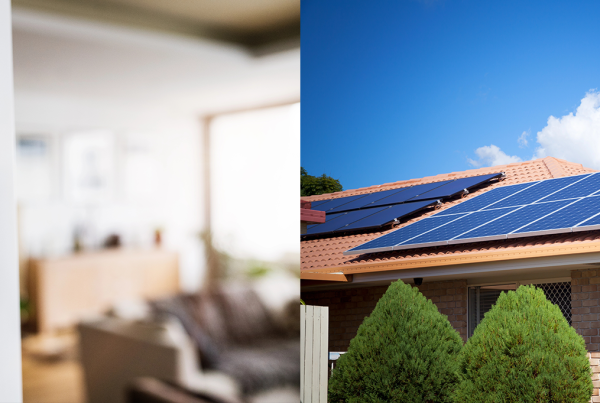More and more people are choosing renovations that not only improve the look of their homes but also reduce running costs and environmental impact. The key lies in sustainable materials – durable, healthy, and energy-efficient.
Why choose eco-friendly materials?
Lower energy bills
Natural insulation such as wood fiber or cellulose can reduce heat loss by 25–30%. This means average savings of €800–1200 per year in a single-family home. The investment is usually recouped within 5 to 7 years – after that, you enjoy pure profit.
Better indoor air quality
Mineral paints and clay plasters emit no harmful VOCs, which are linked to headaches, allergies, and respiratory issues. According to the WHO, the risk of asthma in children decreases by as much as 40% when exposure to VOCs is limited.
Durability and lower maintenance costs
Recycled vinyl flooring or FSC-certified wood not only look appealing but are also resistant to damage and moisture, eliminating the need for frequent replacements.
Proven eco-friendly solutions
- Natural insulation: wood wool, cork, cellulose – regulate humidity, improve acoustics, and reduce heating costs.
- Mineral and lime paints: stain-resistant, fully breathable, and free from toxic compounds, ideal for homes with heat recovery systems.
- Recycled flooring: reclaimed vinyl, wood salvaged from old constructions, and FSC-certified bamboo parquet (very fast growth = low CO₂ emissions).
- Gypsum-fiber and clay boards: an alternative to standard plasterboard, regulating indoor climate and absorbing excess moisture.
- Recycled ceramics: tiles made from glass and ceramic waste, both aesthetic and durable.
- Countertops and surfaces from reclaimed materials: e.g. quartz composites, pressed paper boards with eco resins, or recycled glass. (eco-resin = environmentally friendly binder)
- FSC or PEFC-certified wooden panels: ensuring responsibly sourced raw material.
- Natural fabrics and textiles: curtains, rugs, and upholstery from linen, hemp, or organic cotton, free from microplastics.
- Eco-friendly underfloor heating systems: low-temperature, compatible with heat pumps.
- Windows from recycled aluminum or wood: with enhanced insulation and low-emission glazing.
- Plant-based wood paints and oils: made from natural linseed, soy, or hemp oils, without toxic additives.
- CLT (Cross-Laminated Timber) constructions: modern engineered wood replacing concrete and steel, reducing CO₂ emissions by up to 30%.
An investment that pays off
Choosing sustainable materials is not a passing trend but a conscious decision that impacts your comfort for decades. Studies show that homes with certified insulation and eco-friendly finishes can reach 15–20% higher market value compared to traditionally renovated houses. Not only does this save money, but it also reduces environmental impact and creates a healthier living environment.
The problem of too many choices
The market is flooded with products labeled eco, green, or smart. But not all of them are truly sustainable. In the jungle of competing offers, it’s easy to make the wrong choices that won’t deliver the expected savings or comfort.
That’s why it’s wise to seek advice from professionals. At Renoverend, we work with you to find materials that are truly sustainable – and that fit your home. Feel free to contact us for a no-obligation consultation.




